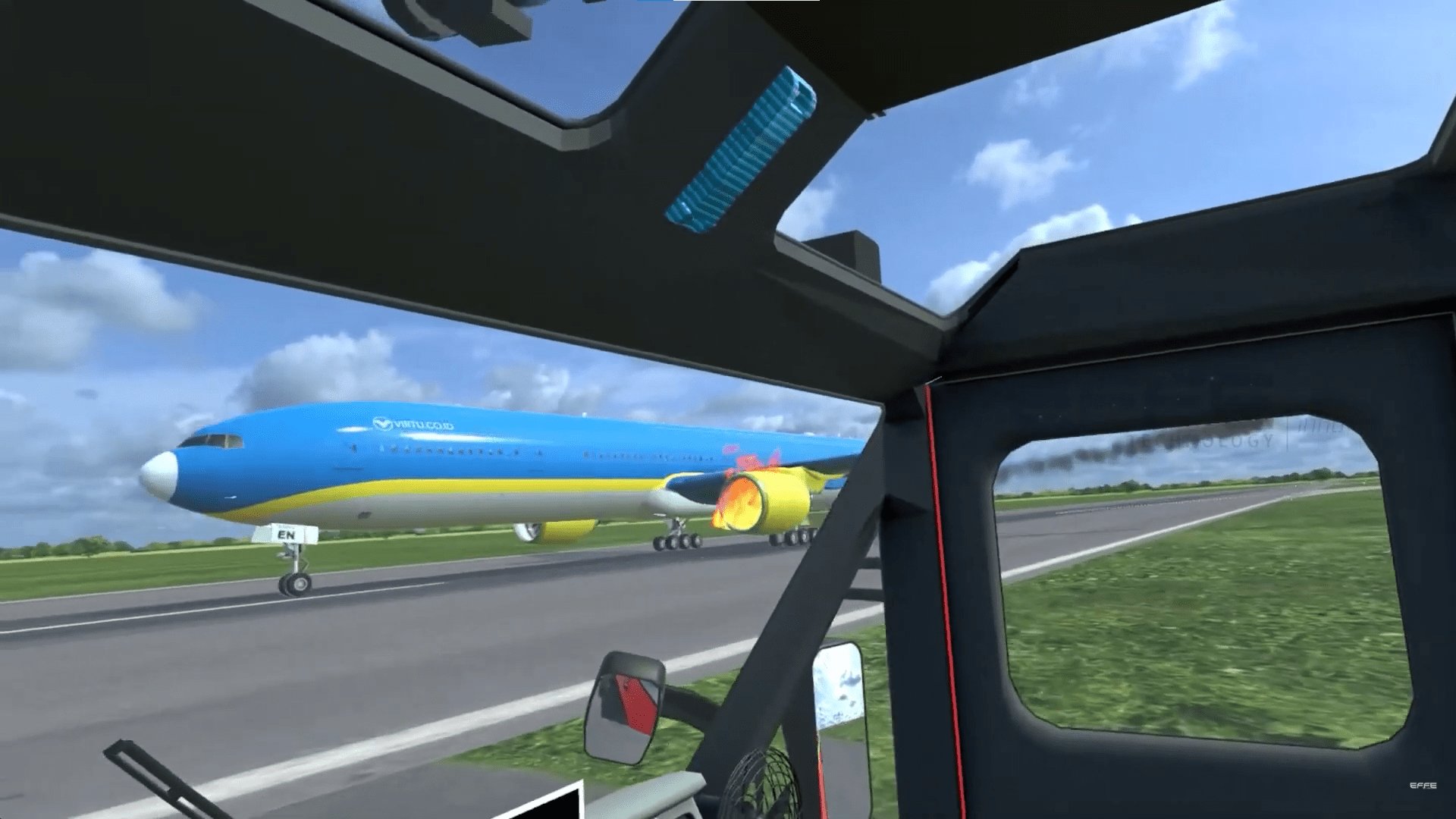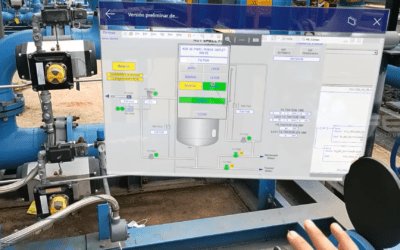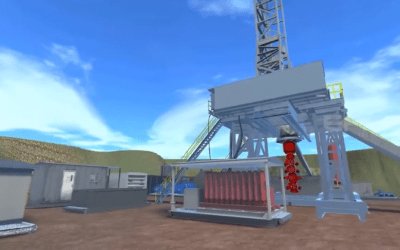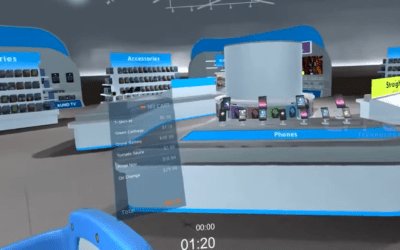Project Brief
EFFE Technology took on the challenge of creating an innovative VR Flight Rescue Simulation to elevate pilot training experiences. This advanced solution aims to immerse pilots and trainees in realistic rescue operations, where they can practice and refine their skills in a safe, controlled, and cost-effective environment.
The system replicates challenging flight rescue scenarios, enabling trainees to develop critical decision-making skills without the logistical complexities and financial burdens of real-life drills. Using cutting-edge virtual reality technology, EFFE Technology ensured a seamless and lifelike experience, delivering an unparalleled training tool for the aviation industry.
Client Requirement
The client, a prestigious aviation training institute, had a specific and ambitious set of requirements:
- Realistic Rescue Training: They needed a simulation system capable of recreating the nuances of real-world flight rescue missions, including turbulence, adverse weather, and emergency response scenarios.
- Cost Reduction: Traditional training exercises, particularly those involving helicopters and on-ground rescue drills, were highly resource-intensive. The client sought a scalable and affordable alternative, such as the VR Flight Rescue Simulation.
- Safety Assurance: Simulating high-risk scenarios in real life could pose dangers to trainees and instructors. A virtual environment was needed to minimize physical risks while maintaining realistic conditions.
- Interactivity and Engagement: The client emphasized the need for a training solution that engaged users actively, helping them retain skills effectively while replicating the pressure of real-world scenarios.
- Adaptability and Scalability: The tool was expected to allow updates or modifications, enabling the client to introduce new scenarios or operational conditions over time in the VR Flight Rescue Simulation.
Project Planning, Strategy, and Our Process
EFFE Technology approached the project with a phased, structured methodology to ensure the final product exceeded expectations.
- Research and Data Collection:
We began by understanding real-world rescue operations through interviews with aviation experts, pilots, and emergency response teams. These insights were used to identify key training aspects, including typical challenges faced during rescues. This information was integrated into the VR Flight Rescue Simulation.
- Concept Development and Environment Design:
Our team designed a highly detailed virtual environment that mirrored real-world flight conditions. This included cockpit interiors, weather dynamics, terrains, and even rescue scenes involving varied landscapes such as seas, forests, and mountainous areas. These elements were key to creating a realistic VR Flight Rescue Simulation.
- Technology Selection:
To ensure high-quality visuals and interactivity, we opted for Unreal Engine, which provided a powerful framework for developing hyper-realistic simulations. VR headsets, including the latest models, were integrated to deliver a fully immersive experience in the VR Flight Rescue Simulation.
- Simulation Design and Features:
The simulation allowed trainees to handle diverse scenarios, such as: • Mid-flight engine failure requiring an emergency landing. • Rescue operations in turbulent weather or low visibility conditions. • Coordinating with virtual ground teams during complex rescue missions.
- Testing and Iterative Refinement:
Extensive testing was conducted with aviation professionals. Their feedback highlighted minor adjustments needed in scenarios, interactivity, and responsiveness, ensuring the VR Flight Rescue Simulation met industry standards. Visit Our Partner Site
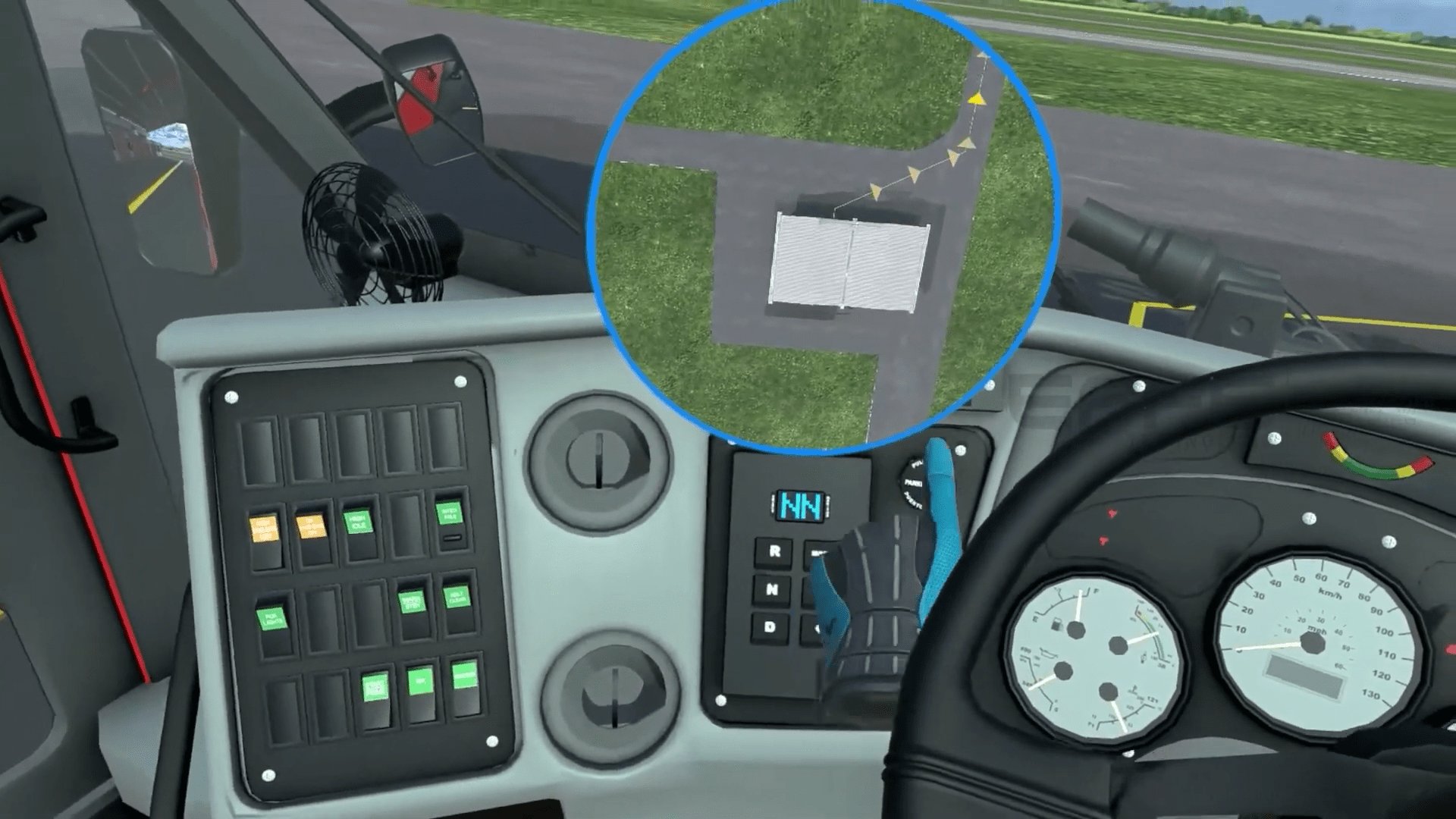
Deliverables and Client Benefits
Deliverables:
- Complete VR Flight Rescue Simulation: A ready-to-deploy training module tailored for aviation institutes.
- Customizable Scenarios: The ability to add or modify rescue operations, weather conditions, and mechanical challenges in the VR Flight Rescue Simulation.
- User Interface and Documentation: A trainer-friendly interface with clear documentation for smooth operation.
- Equipment Integration: Compatibility with leading VR headsets and motion controllers.
Client Benefits:
• Cost Efficiency: Training costs were drastically reduced by eliminating the need for fuel, helicopters, and other logistical expenses associated with physical rescue drills.
• Enhanced Safety: Trainees could gain hands-on experience in complex rescue scenarios without risking their safety or that of others using the VR Flight Rescue Simulation.
• Realistic Training: The high-fidelity environment replicated the stress and challenges of real-life operations, ensuring better preparedness.
• Skill Retention: Immersive training sessions helped participants retain critical skills through active engagement and muscle memory.
• Scalable Platform: As aviation technology evolves, new features or scenarios can be integrated into the system with ease in the VR Flight Rescue Simulation.
Conclusion
EFFE Technology’s VR Flight Rescue Simulation sets a new benchmark in pilot training by merging cutting-edge technology with industry expertise. The project underscores the transformative potential of virtual reality in aviation, particularly for training purposes. With this solution, aviation institutes can train their pilots and crew with greater efficiency, safety, and effectiveness. The VR Flight Rescue Simulation also demonstrates how VR technology can be tailored to meet specific operational goals, making it a versatile tool for various industries. This case study exemplifies EFFE Technology’s commitment to delivering innovative solutions that combine creativity, practicality, and technological expertise.
VR Flight Rescue Simulation | Virtual Reality in Aviation | VR Pilots Training | EFFE Technology

